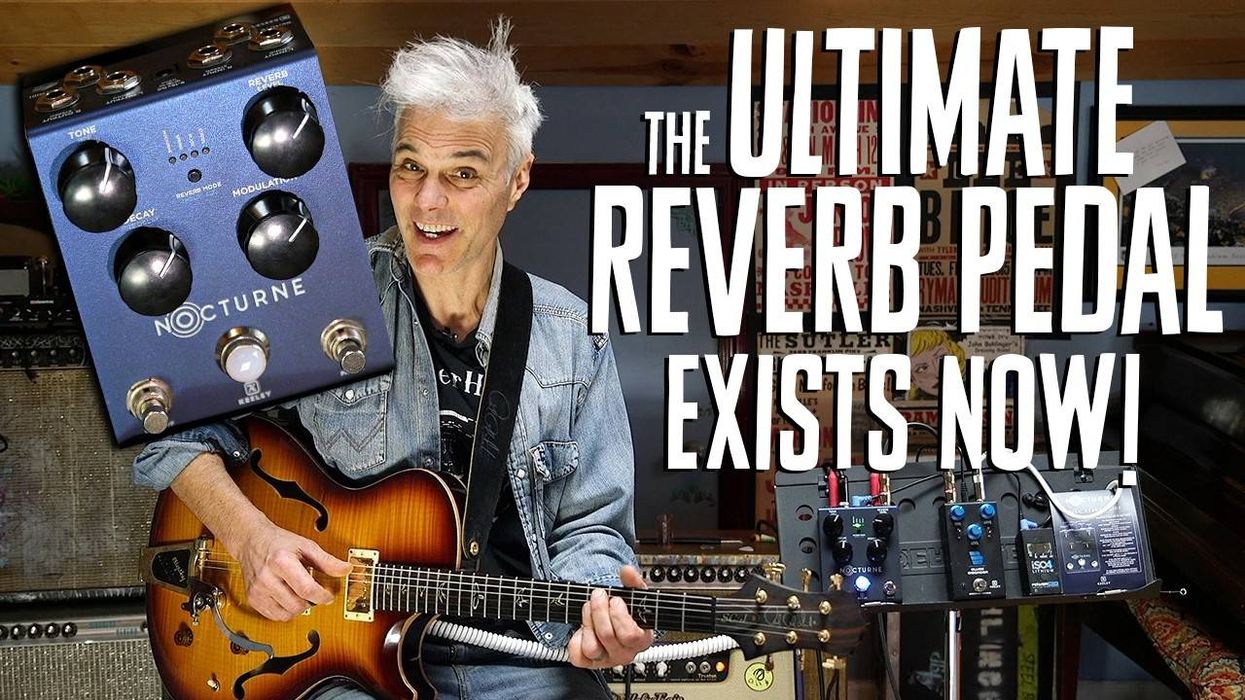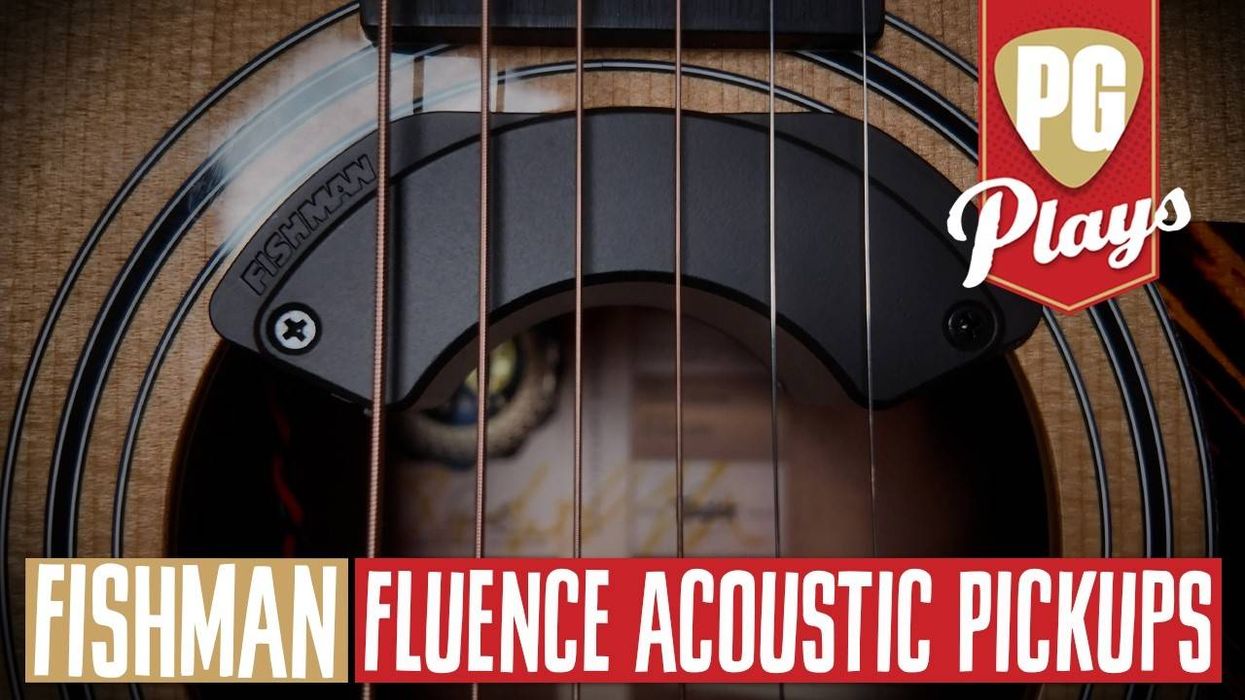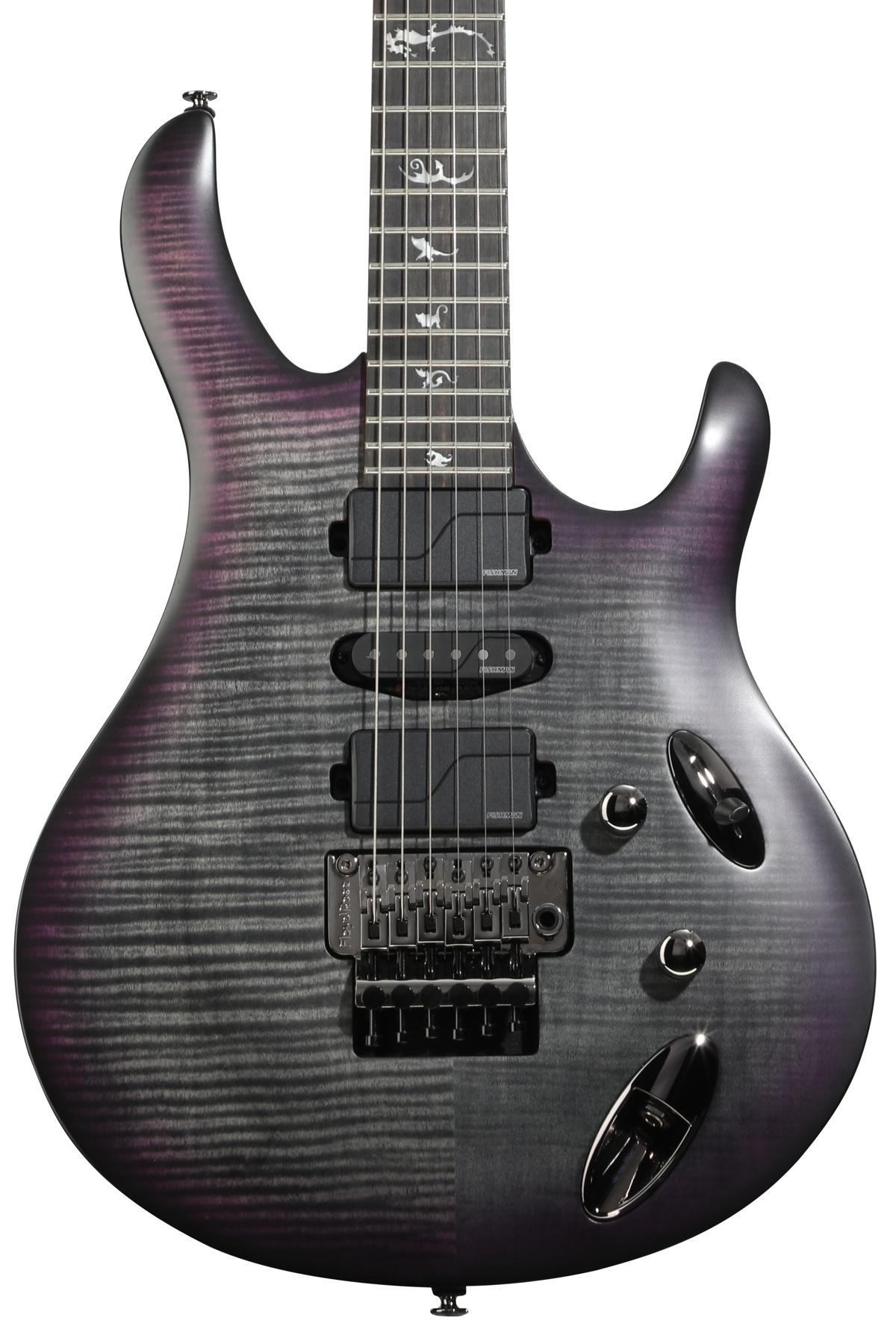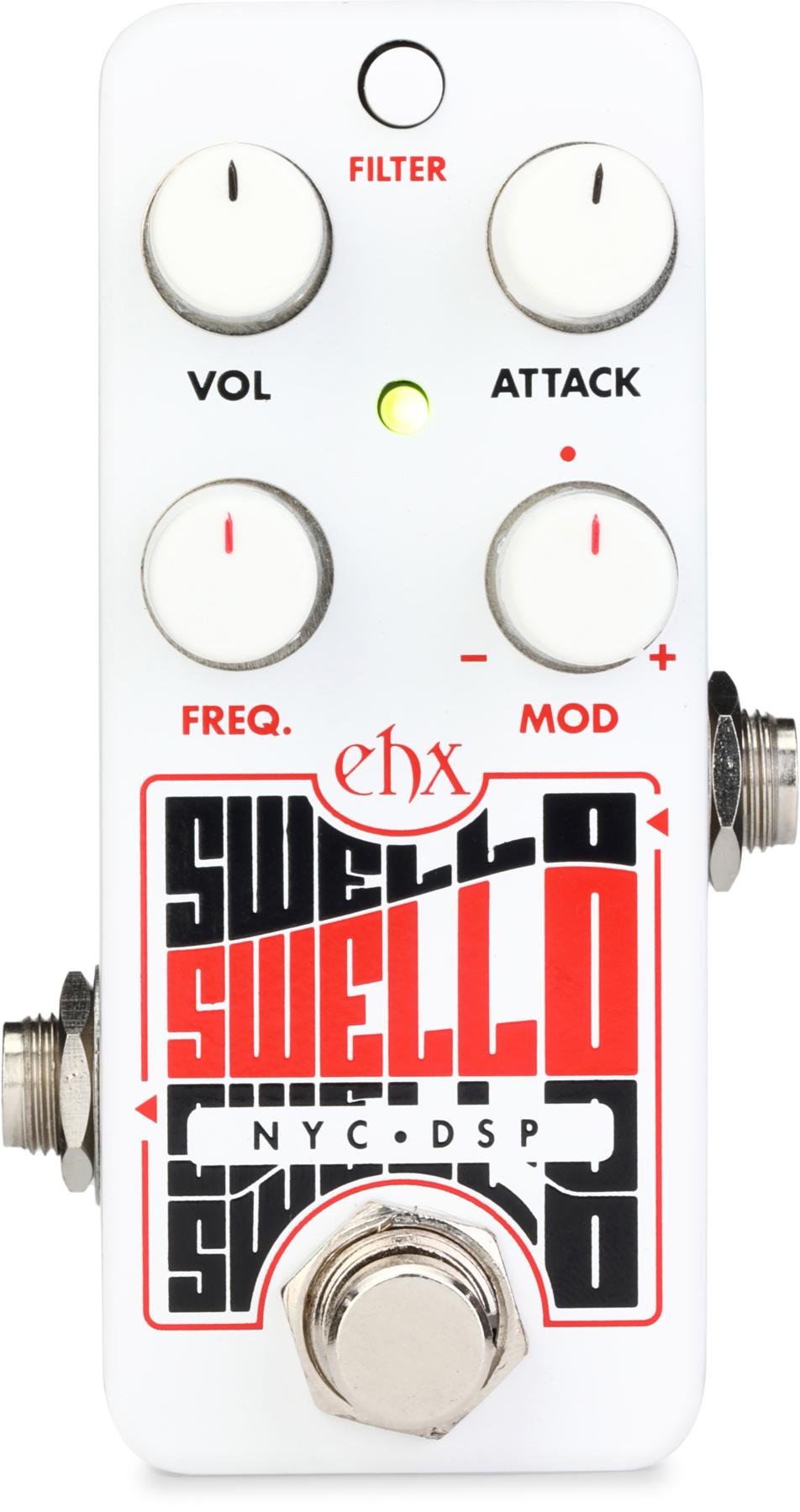I was talking on the phone with one of my fellow PG columnists, Dean Farley (“Signal Chain”), about tunings. He said something that really got me thinking: “The way you use DADGAE sounds nothing like the way it sounds when I play in it.”
Some tunings have particular signature sounds, DADGAD for example, is identifiable miles away. Some people are starting to call it the “second standard tuning” (and I have invented a hopefully soon-to-be popular drinking game wherein contestants take a drink each time they hear DADGAD used in a television commercial for banking or insurance). It’s got that beautiful suspended sound that makes it so rich for rhythm playing, fingerstyle and even folk-rock. Singer-songwriters love it, and with good reason—pretty much any song you play in DADGAD sounds frickin’ great.
But it can get a little samey after a while, and sometimes DADGAD’ers start sounding a little too much like other DADGAD’ers. We are faced with two choices in this instance: find another tuning to conquer, or turn DADGAD inside out and find things to do with it that nobody has (and considering your competition includes Pierre Bensusan, Laurence Juber and the late Michael Hedges, I wish you luck).
One way to turn DADGAD on its ear is to take the high D back to an E, giving you the above mentioned DADGAE. It’s a simple tweak, but it can change everything you do.
To start, play like you were in DADGAD—no, really, this is totally cool. Play like you’ve got a D on top and that the second and fourth frets are the most natural places in the world to land. Use the two lower Ds for a droning bass, and just go nuts for a while. Isn’t that an incredibly cool sound? Slide into the D on the fifth fret of the second string, or bash your pinkie down on it for some percussive excitement. Experiment with both C♯ and C♮ on the second string (A) as you go, seeing how much difference one half-step can make in the feel, the harmony, and even the groove. Play a C♮ in the bass and a C♯ in the treble and you’re in for some wacky Celtic-tinged goodness.
Now, use the A string as your root. You’ve got an A5 here. It’s a tighter sound than DADGAD, more compact. But one of the things I really like is when you want to go to the 4-chord, you drop to it instead of walking up, and suddenly you’re swimming in deep water again, and what an awesome contrast. Plus, you get that cool D9 with the high E left open.
Next, you have a choice to make. Do you want your 5-chord to be major or minor? You can play the G open, or fret the first fret and see what that does for you. I really like dropping to the Em. If you play an A5 as your root, which is the easiest and most intuitive thing to do, you can really play around with the harmonization of the other chords, and when you come back to that A5, it’s so solid and clean.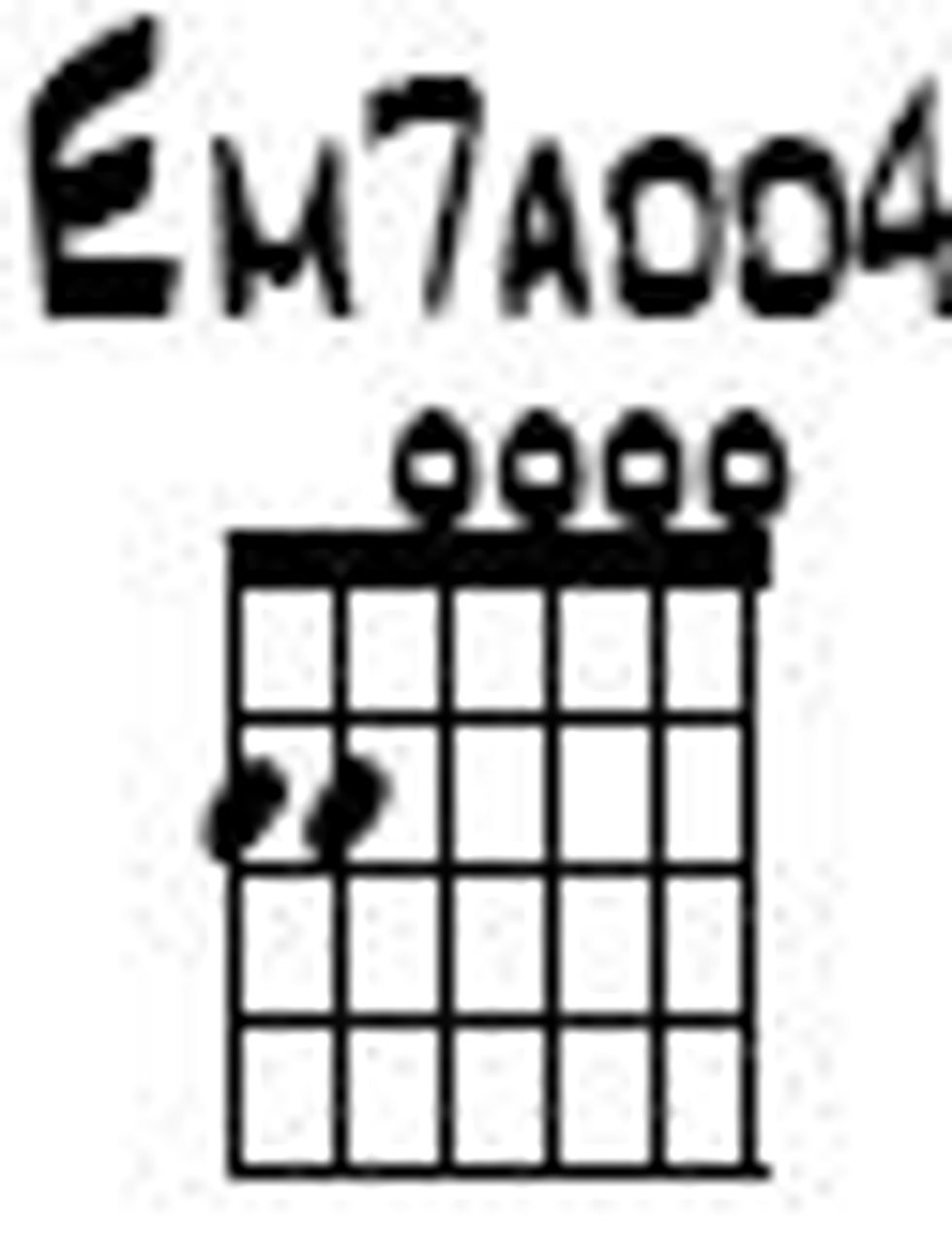
Here’s another wrinkle; when you play in the key of C, you get a very cool drop down to Dm, which can substitute for the F-chord. Using Am as your root gives you a whole new palette to play with, with that big drop to D9 (or Dm9), and a cool G6add9 (if you just let the DGAE strings ring open while fretting the sixth and fifth strings at the fifth fret). It’s a lovely dark feel that’s loaded with easy harmonizations.
I’ve included four sound clips of this tuning that cover a pretty wide range of genres: from Celtic-influenced chord-melody to country blues to folk-ballady goodness to something that reminds me of Mother Maybelle Carter (all recorded with a Kragenbrink OM Fingerstylist; yes, this job rules). Versatility is the sign of a great tuning, and this one has it goin’ on. Check out the chord charts to get you started, and see where you can take it.
Ballad
Celtic
Country Blues
Folk
Now if you’ll excuse me, I’m heading out to live the legend...
Spicing up DADGAD: DADGAE
Switching up DADGAD with some DADGAE shapes
By Gayla DrakeSep 09, 2009
Gayla Drake
Drake was born in Iowa on December 3, 1964. She began playing the guitar at the age of 4 and performed Old-time music, Bluegrass music , and Celtic music throughout her formative years, finally recording her first CD of original music in 1994. She has released 14 additional recordings since that time, along with music for public television and independent films.


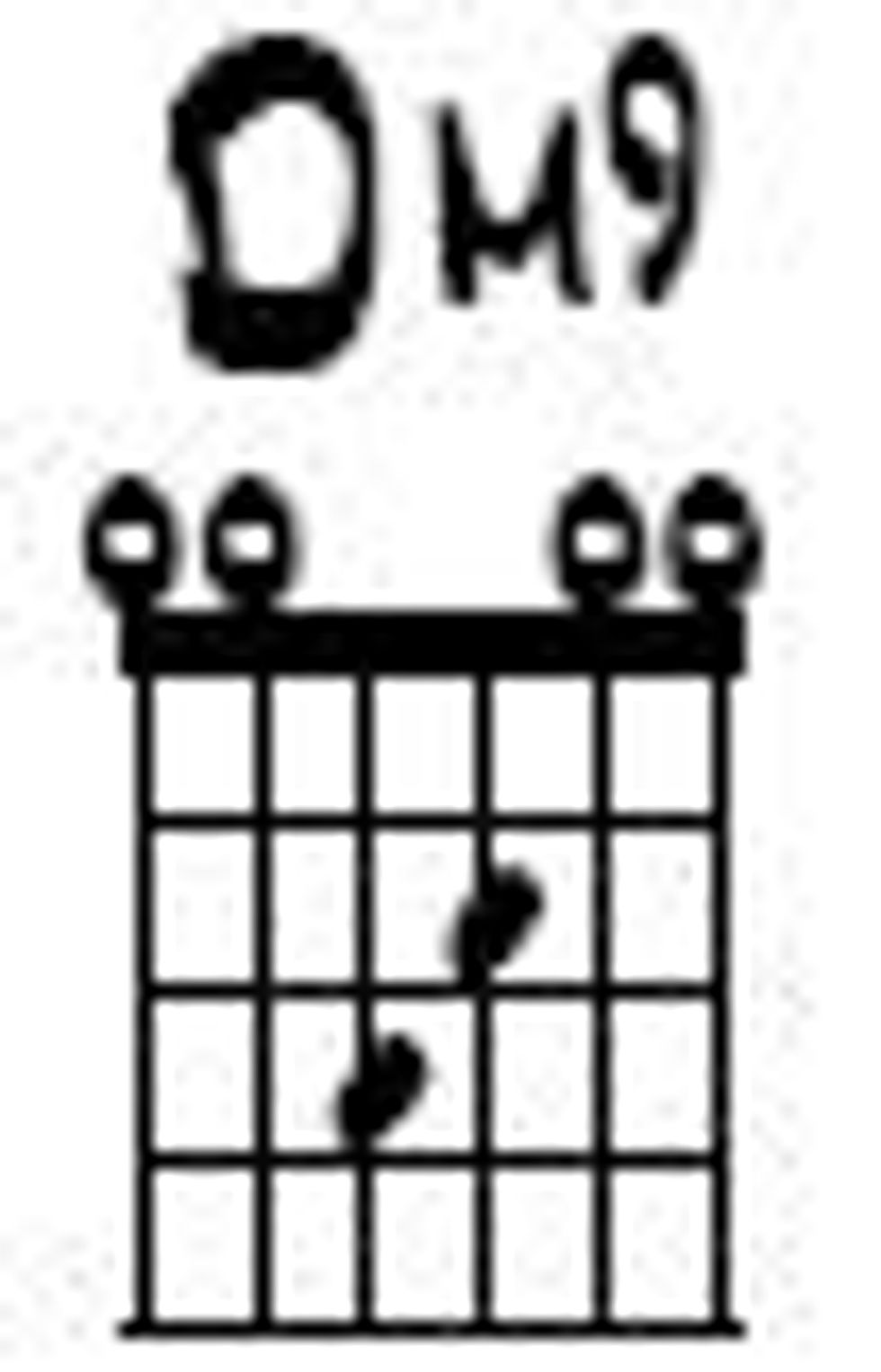
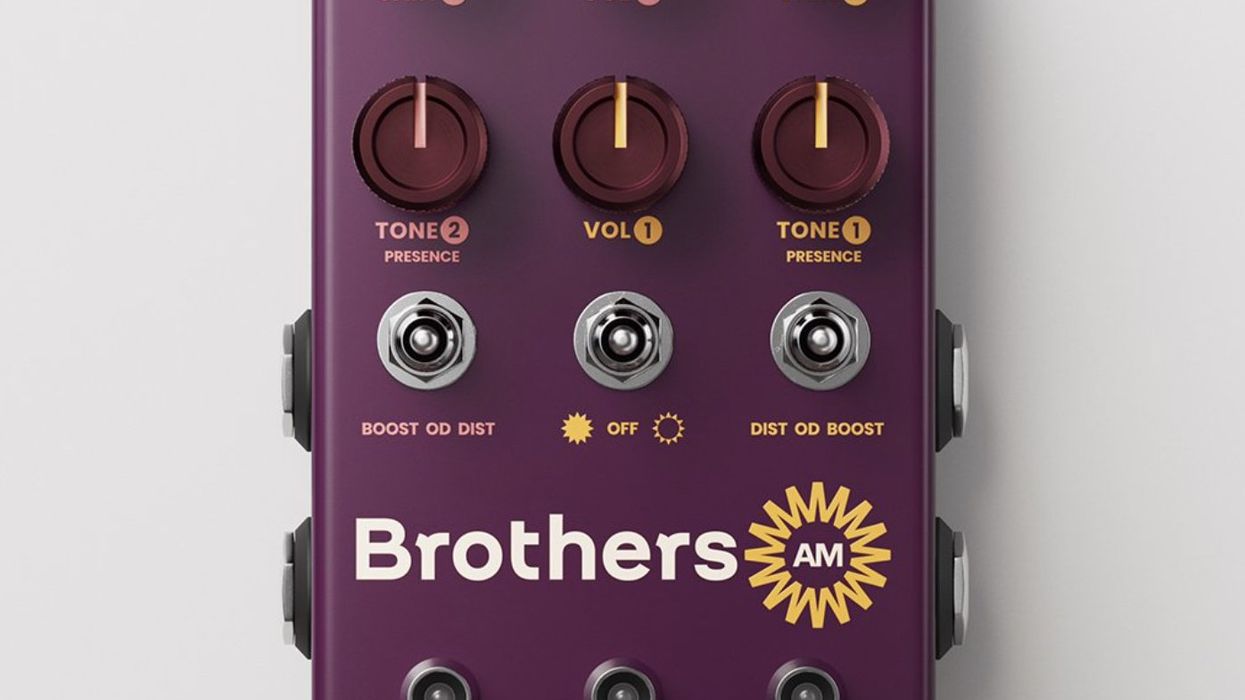

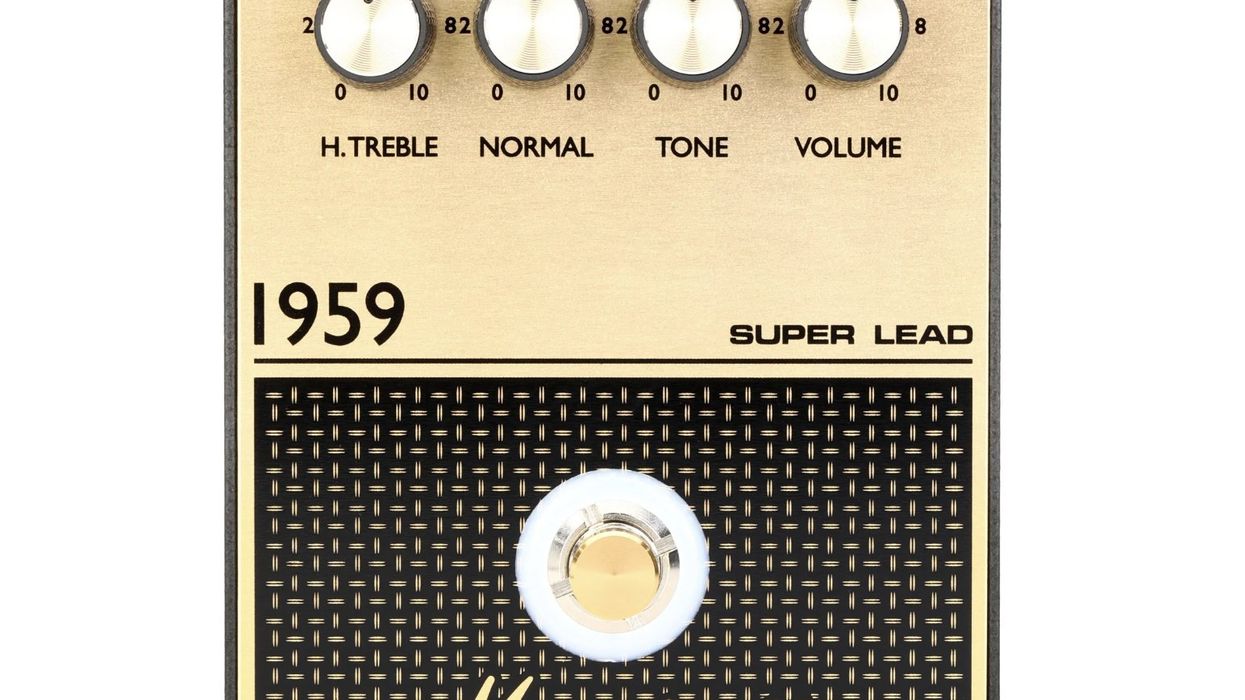

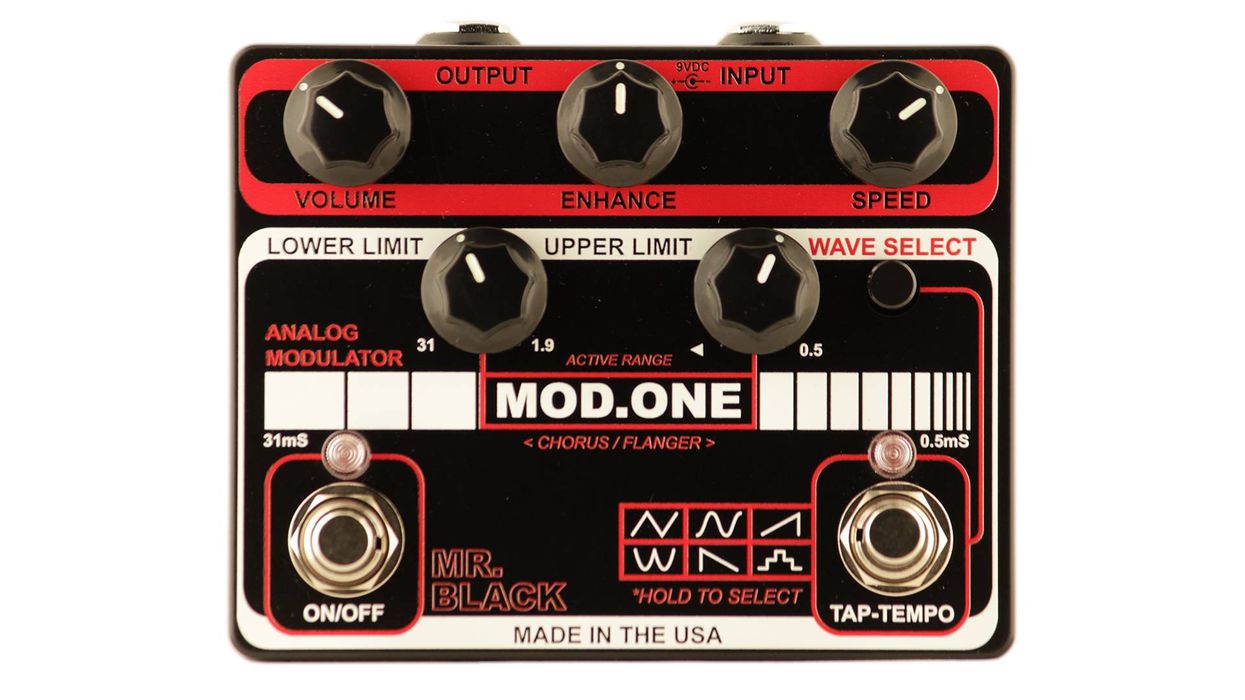

![Rig Rundown: Russian Circles’ Mike Sullivan [2025]](https://www.premierguitar.com/media-library/youtube.jpg?id=62303631&width=1245&height=700&quality=70&coordinates=0%2C0%2C0%2C0)

